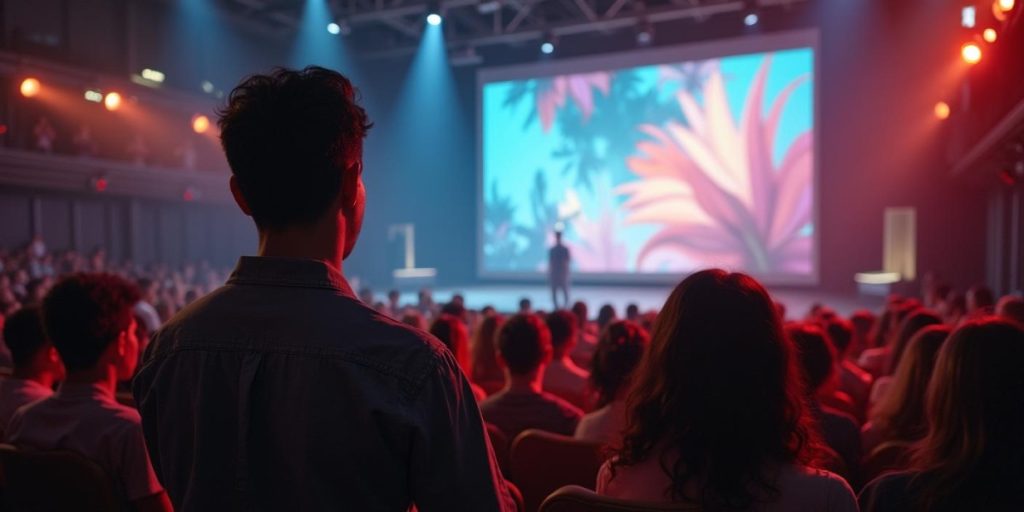In today’s interconnected world, the dynamics of language and communication are undergoing profound transformations, largely driven by the forces of globalization. As cultures collide and intermingle, the way we express ourselves linguistically is evolving, leading to a rich tapestry of new cultural expressions. This article delves into the intricate relationship between globalization and language, highlighting how these changes are reshaping our communication styles and cultural identities.
Throughout this exploration, you will discover the various ways in which globalization influences language, from the emergence of hybrid dialects to the proliferation of digital communication platforms. We will examine how cultural expressions are not only preserved but also transformed in this global landscape, allowing for a unique blend of traditional and contemporary influences. Additionally, we will discuss the implications of these changes on identity, community, and the preservation of linguistic diversity.
As you read on, you will gain insights into the challenges and opportunities presented by this linguistic evolution. Whether you are a language enthusiast, a cultural scholar, or simply curious about the world around you, this article promises to provide valuable perspectives on how globalization is reshaping our communication and cultural expressions. Join us on this enlightening journey to understand the profound impact of globalization on language and communication.
The Influence of Technology on Language Evolution
Globalization has accelerated the evolution of language, primarily through technological advancements. The rise of the internet and social media platforms has created a new linguistic landscape where languages blend and borrow from one another. This phenomenon is particularly evident in the use of slang, abbreviations, and emojis, which have become integral to modern communication. As people from diverse linguistic backgrounds interact online, they contribute to a dynamic exchange of cultural expressions that reshape traditional language norms.
Moreover, technology facilitates the spread of languages that were once localized. For instance, English has become a global lingua franca, dominating online content and communication. This dominance can lead to the marginalization of minority languages, raising concerns about cultural preservation. As globalization continues to influence language, it is crucial to recognize the balance between embracing new forms of communication and preserving linguistic diversity.
Cultural Hybridization and Language Mixing
Cultural hybridization refers to the blending of different cultural elements, which is increasingly evident in language use. As globalization fosters cross-cultural interactions, languages often mix, resulting in new dialects and pidgins. This linguistic blending reflects the interconnectedness of global cultures and highlights how language serves as a vehicle for cultural exchange. For example, Spanglish, a mix of Spanish and English, has emerged in communities where both languages coexist, showcasing the adaptability of language in response to cultural dynamics.
This phenomenon not only enriches communication but also raises questions about identity and belonging. Individuals who navigate multiple languages may find themselves straddling different cultural worlds, leading to a unique sense of self. As globalization continues to shape cultural expressions, understanding the implications of language mixing becomes essential for appreciating the complexities of modern identity.
The Role of Media in Shaping Language and Culture
Media plays a pivotal role in shaping language and cultural expressions in a globalized world. Television shows, films, and music often introduce audiences to new languages and cultural practices, influencing their perceptions and usage of language. For instance, the popularity of K-pop has not only spread Korean language and culture worldwide but has also led to the incorporation of Korean phrases into everyday conversations among fans globally.
Furthermore, media serves as a platform for cultural dialogue, allowing for the exchange of ideas and expressions across borders. This exchange can lead to greater cultural understanding and appreciation, but it can also result in cultural appropriation, where elements of one culture are adopted by another without proper acknowledgment. As media continues to evolve, its impact on language and cultural expressions will remain a critical area of study.
Language Preservation in the Age of Globalization
As globalization promotes dominant languages, the preservation of endangered languages becomes increasingly vital. Many indigenous languages are at risk of extinction due to the overwhelming influence of global languages like English and Mandarin. Efforts to document and revitalize these languages are essential for maintaining cultural heritage and identity. Organizations and communities are utilizing technology to create resources that support language learning and usage, ensuring that future generations can connect with their linguistic roots.
Language preservation initiatives often involve community engagement and education, emphasizing the importance of cultural pride. By fostering an environment where minority languages are valued, societies can combat the homogenizing effects of globalization. This preservation not only enriches the global linguistic landscape but also reinforces the idea that every language carries unique cultural expressions and histories.
The Future of Language in a Globalized World
The future of language in a globalized world is likely to be characterized by continued evolution and adaptation. As globalization progresses, we may witness the emergence of new languages and dialects that reflect the changing cultural landscape. Additionally, the rise of artificial intelligence and machine translation tools may further influence how languages are learned and used, potentially bridging communication gaps but also raising concerns about the loss of linguistic nuances.
Ultimately, the interplay between globalization and language will shape cultural expressions in profound ways. As individuals navigate this complex landscape, it is essential to remain aware of the implications of language use and to celebrate the rich tapestry of global cultures. Embracing linguistic diversity while adapting to new forms of communication will be key to fostering a more inclusive and interconnected world.
| Aspect | Description |
|---|---|
| Definition of Globalization | Globalization refers to the process of increased interconnectedness and interdependence among countries, primarily driven by trade, investment, and technology. |
| Impact on Language | Globalization has led to the spread of dominant languages, particularly English, which influences local languages and dialects, often leading to language shift or loss. |
| Cultural Exchange | Globalization facilitates cultural exchange, allowing for the sharing of traditions, art, and ideas across borders, enriching cultural expressions. |
| Hybrid Cultures | The blending of different cultural elements results in hybrid cultures, where local traditions merge with global influences, creating new forms of expression. |
| Media and Communication | The rise of digital media and communication technologies enables instant sharing of cultural content, making it accessible to a global audience. |
| Challenges to Local Cultures | While globalization promotes cultural exchange, it can also threaten local cultures and identities, leading to homogenization and loss of cultural diversity. |
| Resistance and Preservation | In response to globalization, many communities actively work to preserve their cultural heritage and promote local languages and traditions. |
| Future Trends | The future of cultural expressions will likely involve a balance between embracing global influences and maintaining local identities, fostering a more inclusive cultural landscape. |


